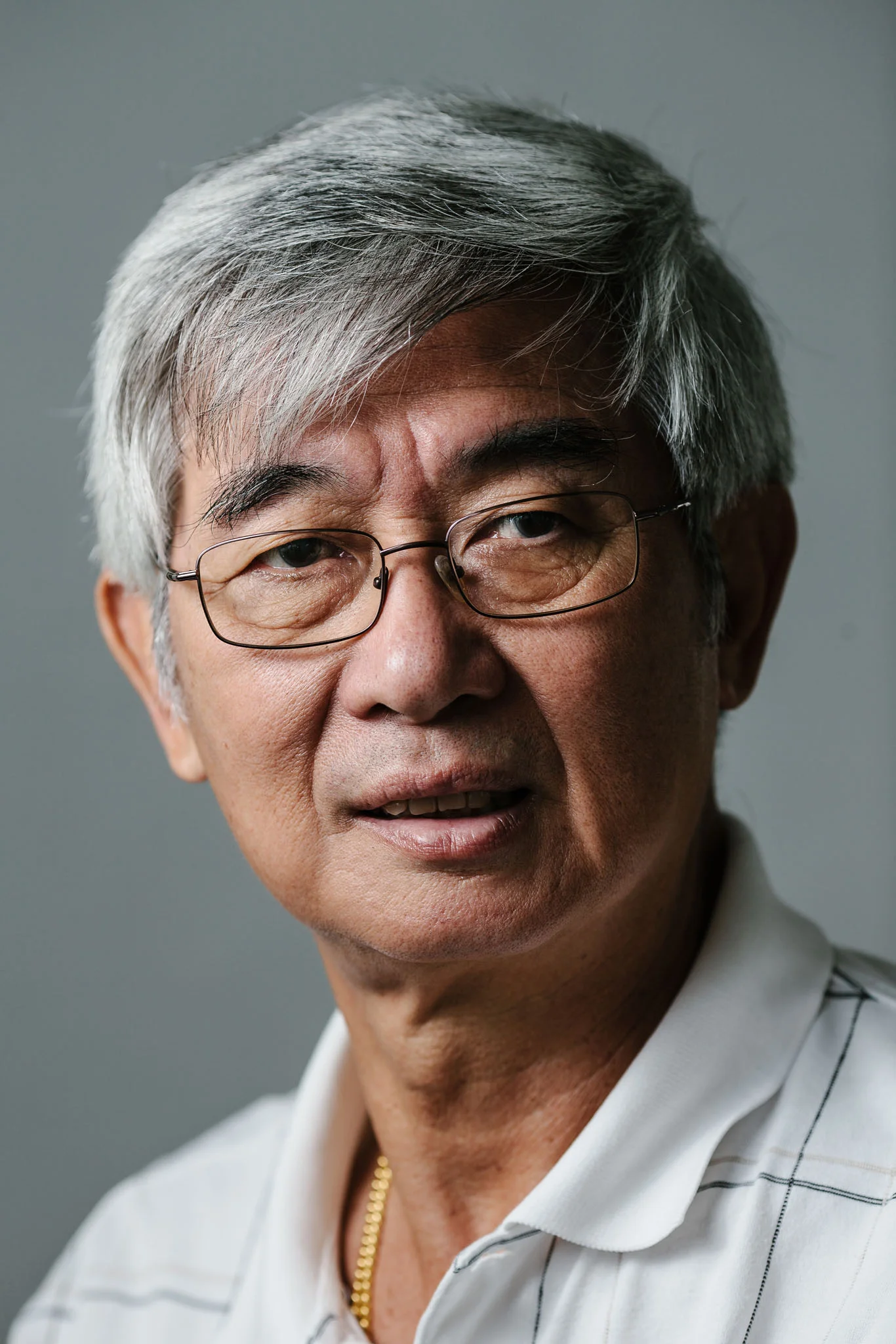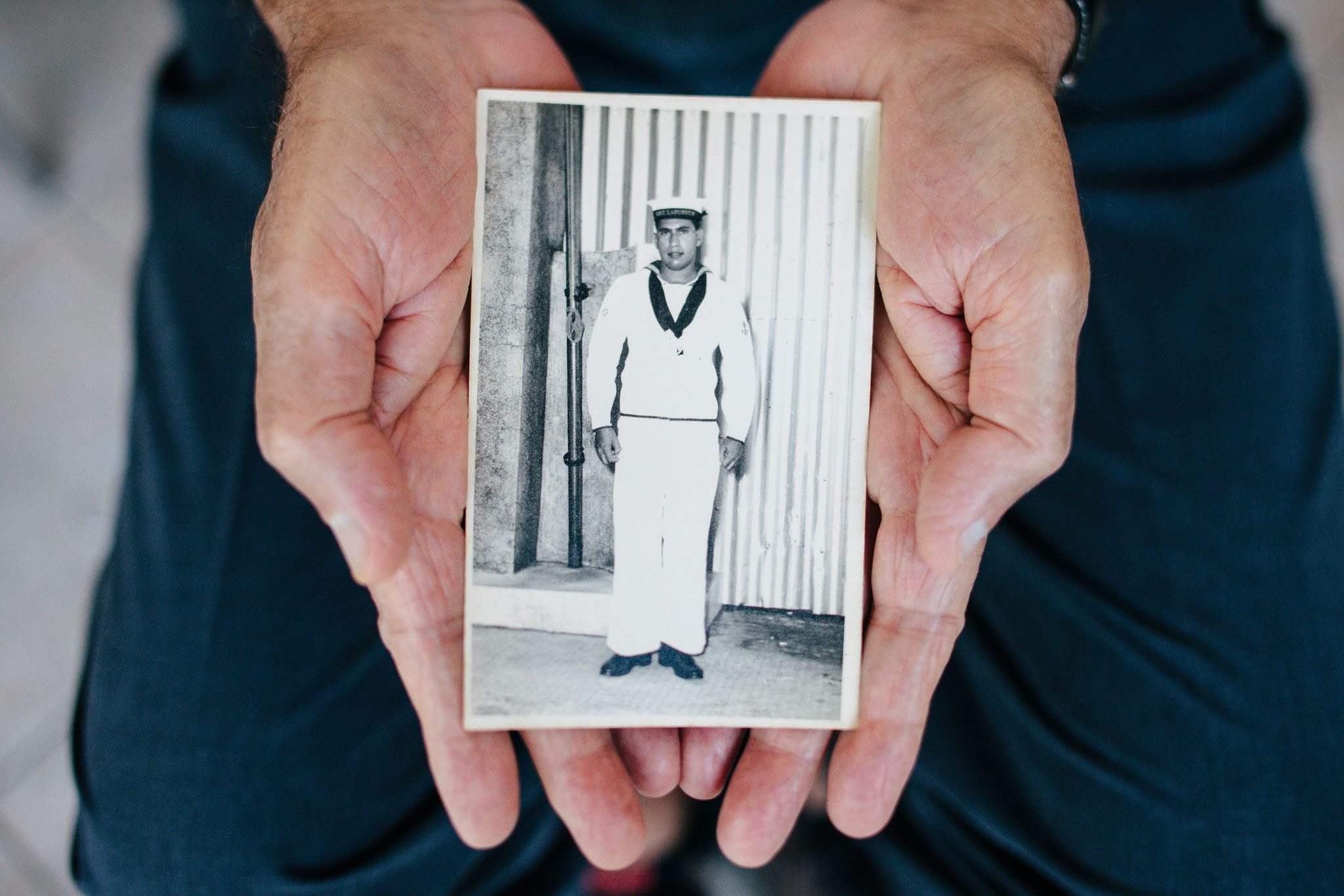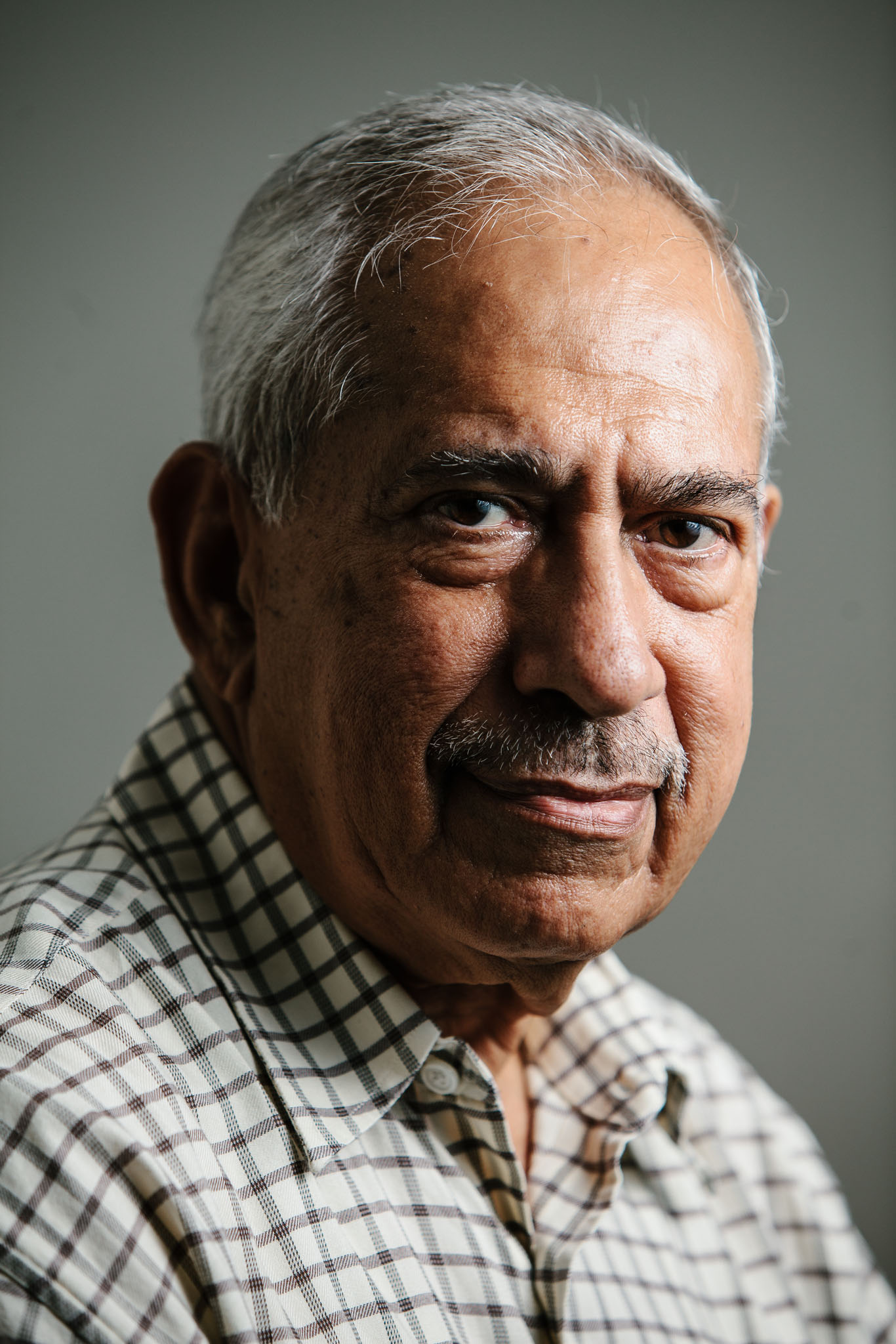Yesterday is meaningless
In an old photograph of his young 21-year-old self handling a bulky General Purpose Machine Gun (GPMG), Lock Hong Meng was quick to say that keeping these photographs is an accident rather than choice.
The four albums he kept were neatly arranged and captioned by his men during his time as an officer.
“Yesterday is meaningless, tomorrow is meaningful,” the 64-year-old said. “Today is the only constant that matters.”
Towering at almost two metres and bestowed with a deep, assuring voice, one’s attention is easily magnetised by his wit and frank snippets on the subtleties of life.
It was April 15, 1969 when Lock was called on to pay his dues as a Singaporean son.
Accompanied by his eldest brother, Lock made his way up to the reporting point located near the mouth of Teck Chai Terrace, an hour’s bus ride away from his house.
Sling bag in tow, his innards were churning with the same sense of uneasiness that was gallivanting its way through the thousand-strong crowd of fresh faced enlistees.
Little did he expect the administrative faux-pas that was to ensue.
“My turn came and the clerk told me to complete my medical and go home,” he said.
He made his way back home half happy that he had a week’s reprieve left, and half sad that it couldn’t come any sooner.
The day eventually came and Lock was sent off to the 6thSingapore Infantry Regiment located at Taman Jurong Camp. He would eventually serve six months of Basic Military Training before being handpicked to attend the Specialist Leader Course.
“Who says the Army doesn’t listen to you? “ he questions with a firm tone.
“I once asked my Platoon Commander why the morning run was 3 miles long.”
As fate would have it, his commander altered the training regime – just not in a manner that Lock had hoped for.
“The next day, it became 6 miles.”
--
Text by Prabhu Silvam
This was part of a feature on Esquire Singapore on national service veterans.












